Maintenance Guide to Extend the Lifespan of Elastomeric Foam Insulation
2025-06-18 16:04:11
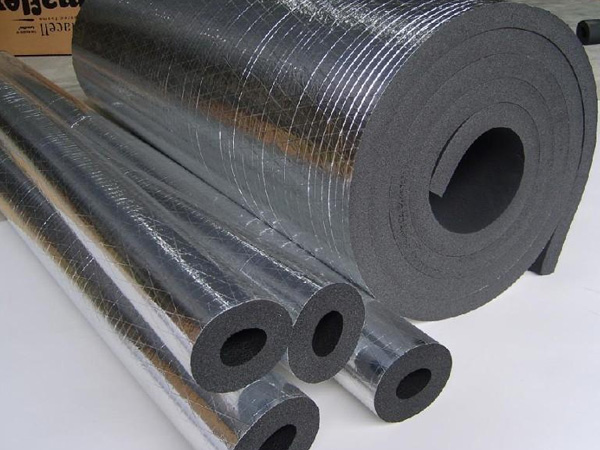
Maintenance Guide to Extend the Lifespan of Elastomeric Foam Insulation
1. Routine Inspection Protocol
Quarterly Visual Checks
Examine surfaces for cuts, compression damage, or seam separation, especially in high-traffic areas and mechanical zones.
Annual Thermographic Scans
Use infrared cameras to detect hidden moisture intrusion or insulation voids (≥2°C temperature differential indicates issues).
2. Cleaning Procedures
Surface Contaminants
Remove dust/oil buildup with pH-neutral cleaners (avoid solvents like acetone that degrade polymers).
Mold Prevention
For food/pharma facilities, clean with EPA-registered antimicrobial solutions quarterly.
3. Moisture Management
Seam Integrity Maintenance
Reapply butyl tape or elastomeric sealant to aging joints (every 3-5 years).
Drainage Verification
Ensure weep holes in outdoor installations remain unclogged to prevent water pooling.
4. Mechanical Protection
Impact Zones
Install sacrificial HDPE shields in areas prone to forklift/loader contact.
UV-Exposed Areas
Renew protective coatings (aluminum paint or PVC jacketing) every 5-7 years in sunny climates.
5. Adhesive System Care
Edge Bond Reinforcement
Inject polyurethane adhesive beneath partially detached sections using syringe applicators.
Curing Conditions
For repairs below 5°C, use cold-cure adhesives with 72-hour curing blankets.
6. Load-Bearing Considerations
Compression Recovery
Rotate stored goods periodically on insulated floors to prevent permanent indentations.
Structural Movement
Maintain 5mm expansion gaps at building joints to accommodate seismic shifts.
7. Record-Keeping
Material Passport
Document installation dates, adhesive types, and repair history for lifecycle analysis.
Performance Logging
Track thermal efficiency decline rates via annual k-factor testing (ASTM C518).
Pro Tip: For marine applications, conduct chloride deposition tests biannually and rinse with desalinated water if levels exceed 50μg/cm². In chemical plants, acid-wash resistance should be verified every 2 years per ASTM D543.
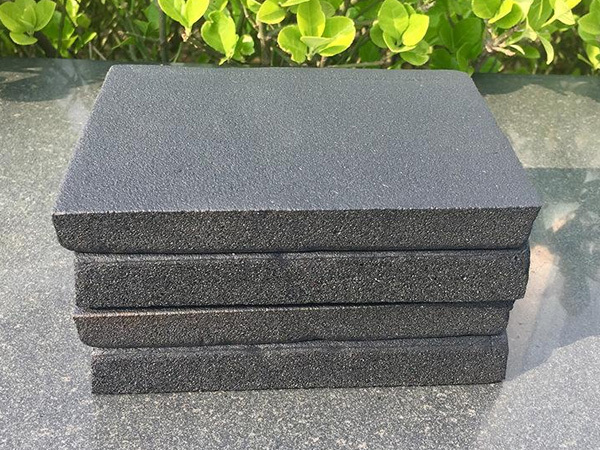
OurFlame Retardant Rubber Foamis a premium closed-cell elastomeric insulation material engi...
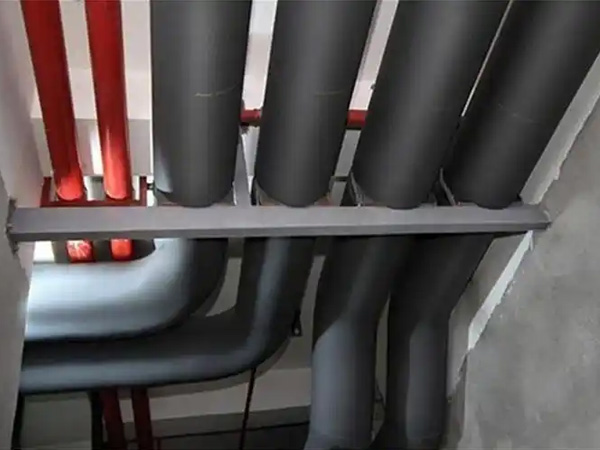
OurRubber Pipe Insulationis a high-performance solution designed specifically for HVAC pipi...
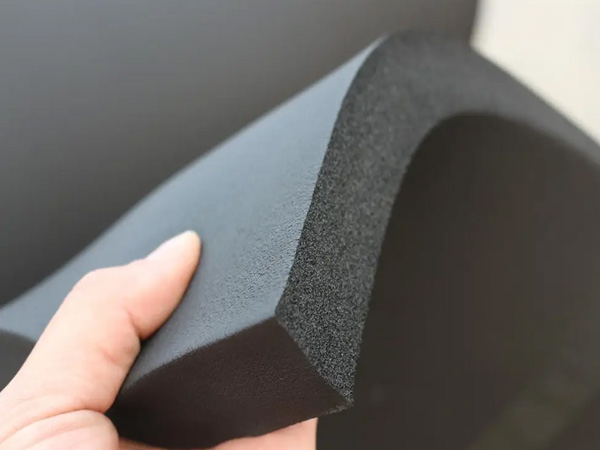
Rubber Foam Insulation Sheet – Product Introduction Premium Flexible Insulation for Therm...
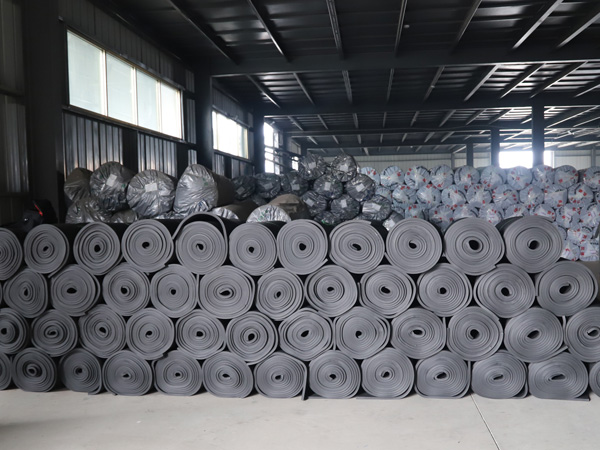
Specially engineered for refrigeration applications, ourElastomeric Rubber Insulationprovid...



